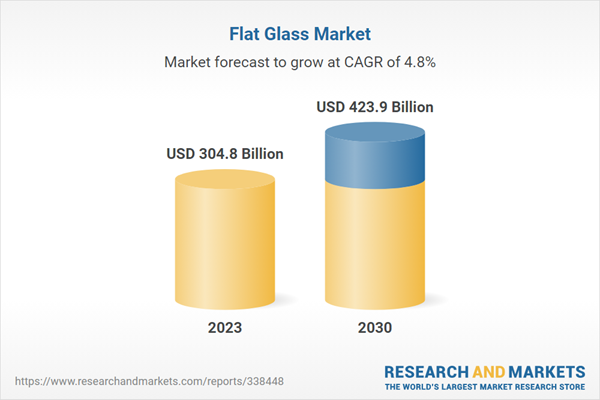

Tempered glass, a type of safety glass, is fabricated through a rigorous heating and cooling process that enhances its strength and thermal resistance. The manufacturing process begins with the selection of high-quality glass, typically made from silica, sodium carbonate, and calcium oxide. Once the raw materials are gathered, they are melted in a furnace at temperatures exceeding 1,600 degrees Fahrenheit (about 870 degrees Celsius).
The molten glass is then formed into sheets, which can vary in thickness depending on the intended application. After the glass is shaped, it goes through a critical tempering process, which distinguishes it from regular glass. The sheets are heated again to approximately 1,200 degrees Fahrenheit (around 650 degrees Celsius) and then rapidly cooled in a process known as quenching. This rapid cooling creates a significant temperature differential between the outer and inner layers of the glass. As the surface cools quickly, it contracts while the inner parts remain hot and expand.
This process imparts compressive stresses to the surface of the glass and tensile stresses to the interior, resulting in a product that is five to six times stronger than standard glass of the same thickness. Additionally, tempered glass exhibits enhanced thermal resistance, making it less likely to shatter under sudden temperature changes.
One of the remarkable characteristics of tempered glass is its safety feature. In the event that it does break, tempered glass shatters into small, blunt pieces rather than sharp shards, which reduces the risk of injury. This property makes tempered glass a preferred choice for various applications, including shower doors, glass doors and tables, facades, and car windows.

In terms of design, tempered glass is available in various finishes and treatments, allowing for personalization according to clients’ preferences. The ability to combine tempered glass with other materials—such as wood, metal, or ceramics—further expands its usability in modern architecture and interior design.
The environmental impact of tempered glass production is also noteworthy
. Many manufacturers are now prioritizing eco-friendly practices, using recycled materials where possible and working to reduce energy consumption in the manufacturing process.In conclusion, the tempered glass process involves careful planning and execution, resulting in a durable, safe, and versatile product. Its application across multiple sectors continues to grow, reflecting its essential role in modern-day construction and design.